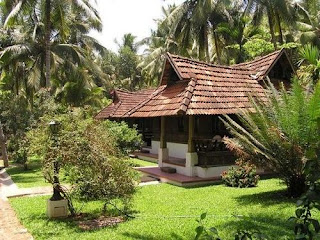Himachal Prades is a state in Northern India. It is spread over 21,495 sq mi (55,673 km²), and is bordered by the Indian states of Jammu and Kashmir on the north, Punjab on the west and south-west, Haryana and Uttar Pradesh on the south, Uttarakhand on the south-east and by the Tibet Autonomous Region on the east. The literal meaning of Himachal Pradesh is Region of snowy mountains.
Himachal Pradesh was anciently known as Dev Bhumi (The Abode of Gods) and is abundance in natural beauty After the Anglo Gorkha War, the British colonial government came into power. It was initially part of Punjab, except the Siba State of Punjab Hills which was under the rule of Maharaja Ranjit Singh until 1857. In 1950 Himachal was declared as a union territory but after the State of Himachal Pradesh Act 1971, Himachal emerged as the 18th state of the Indian Union. Himachal has many prestigious boarding schools. Himameans snow in Sanskrit. It was named by one of the great Sanskrit scholars of Himachal Pradesh, Acharya Diwakar Datt Sharma
Himachal Pradesh has one of the highest per capita incomes of any state in India. Due to the abundance of perennial rivers, Himachal also sells hydro electricity to other states such as Delhi, Punjab and Rajasthan.The economy of the state is highly dependent on three sources: hydroelectric power, tourism and agriculture.



















































